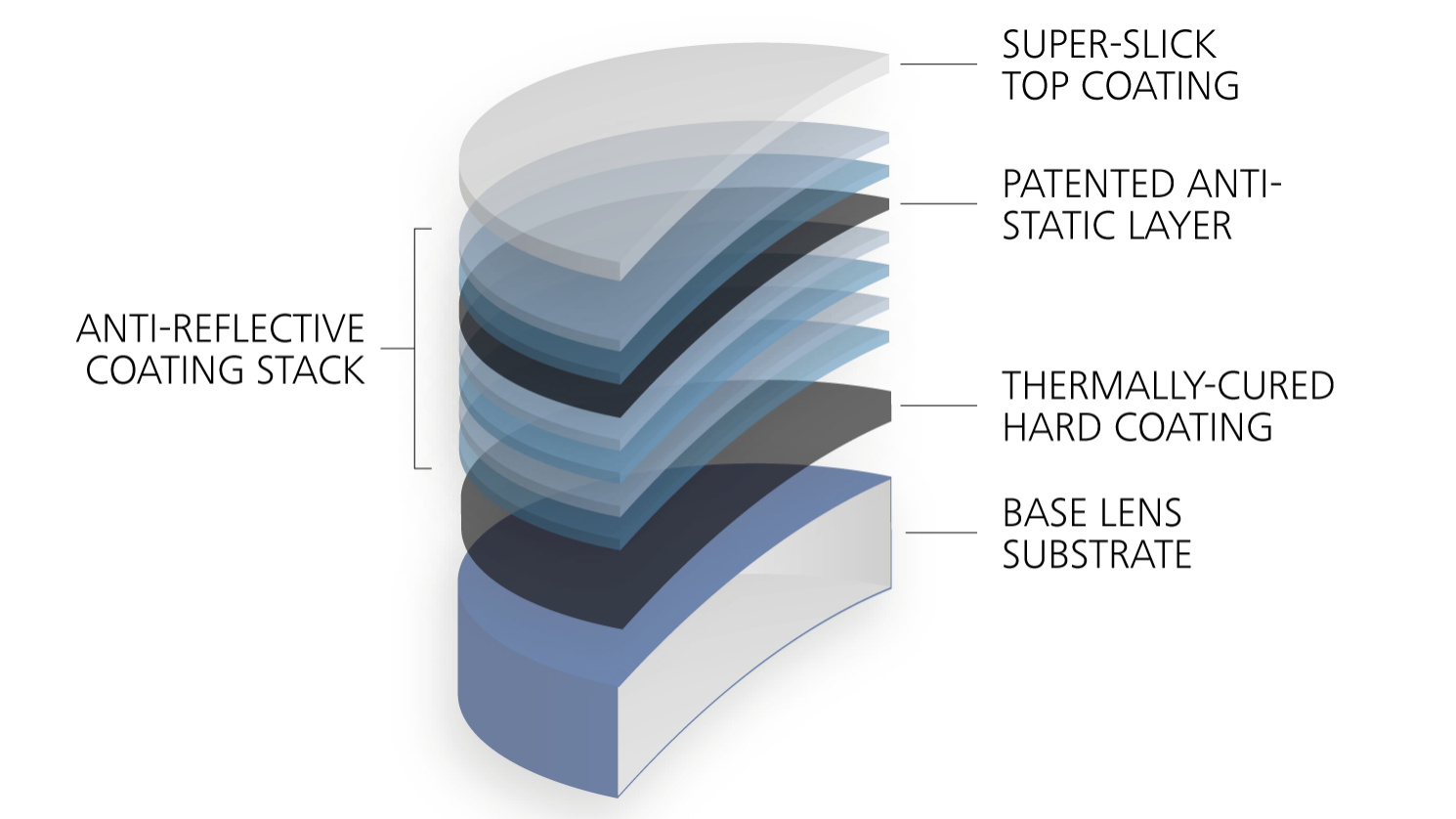
Source: ZEISS Group
Understanding Anti-Reflection Coatings in Solar Cells
Anti-reflection coatings (ARCs) play a crucial role in enhancing the efficiency of solar cells by minimizing surface reflections. These coatings are similar to those used in optical devices like camera lenses and work by reducing the reflection of light at the surface of the solar cell.
How Anti-Reflection Coatings Work
ARCs consist of a thin layer of dielectric material with a carefully chosen thickness. This thickness is designed to cause interference effects in the coating, where the reflected waves from the top surface of the coating and the semiconductor surface are out of phase. As a result, these waves destructively interfere with each other, leading to a significant reduction in reflected energy.
Optimizing Anti-Reflection Coatings
The effectiveness of an anti-reflection coating can be optimized by selecting the appropriate thickness and refractive index. The thickness of the coating is typically chosen to be one quarter of the wavelength of the incoming light in the dielectric material. Additionally, the refractive index of the coating is ideally the geometric mean of the surrounding material (such as air or glass) and the semiconductor material.
Minimizing Reflection
For photovoltaic applications, the goal is to minimize reflection at a specific wavelength, typically around 0.6 µm, which corresponds to the peak power of the solar spectrum. By carefully selecting the refractive index and thickness of the anti-reflection coating, it is possible to achieve minimal reflection at this critical wavelength.
Conclusion
Anti-reflection coatings are essential for improving the efficiency of solar cells by reducing surface reflections. By understanding the principles behind these coatings and optimizing their properties, researchers and engineers can enhance the performance of solar energy systems and contribute to the advancement of renewable energy technologies.

Source: Torr Scientific
Feel free to comment your thoughts.
